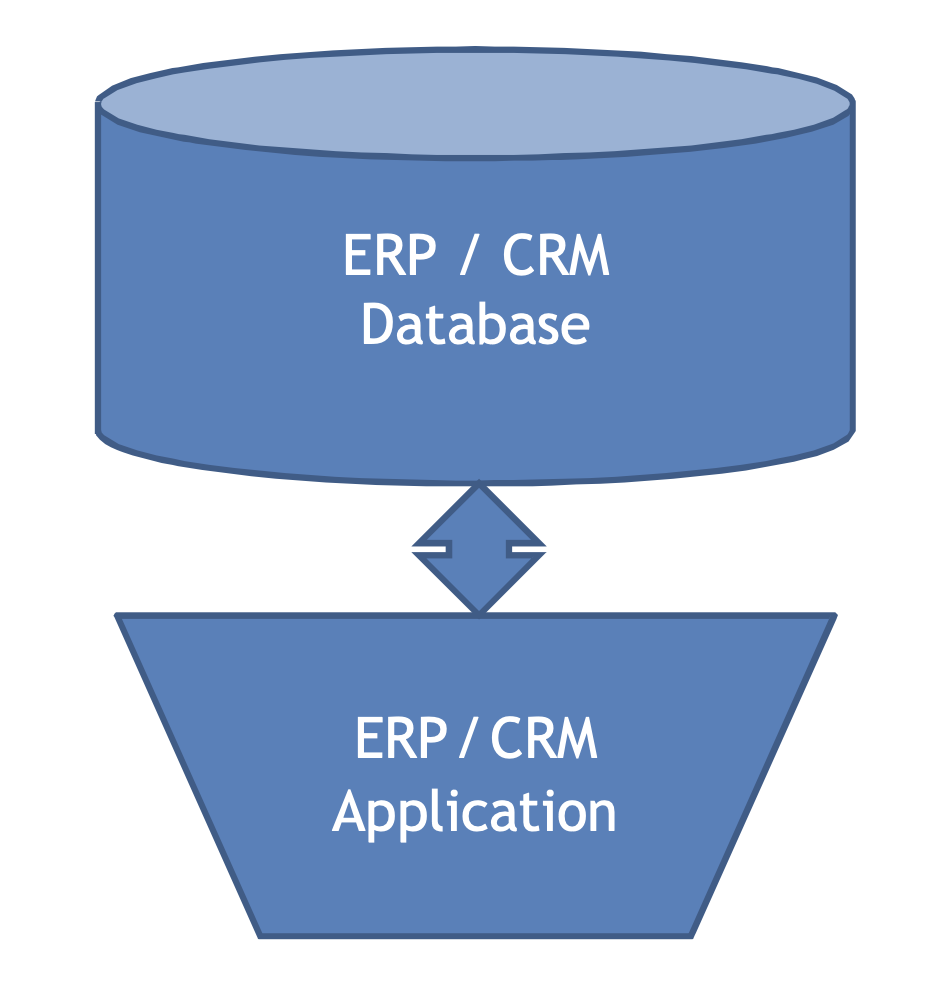HarrisData CRM
Simple and Effective
Sales/Marketing Automation
Streamline interactions between your organization, customers, and prospects. HarrisData Sales/Marketing Automation is designed to help companies manage their sales organizations, prospects, and customers. A significant tool for the salesperson, HarrisData Sales/Marketing Automation captures all historical and critical data about the prospect and allows activities to be compiled in a complete view of the customer. Competitive information can be compiled and tracked to determine the reasons for lost business. Through the utilization of sophisticated rules-based escalation tools which allow for management by exception, HarrisData Sales/Marketing Automation can automate manual processes that drive sales.
The Marketing functionality allows for the automation of campaigns utilizing tactics such as e-mail, website interaction, conventional mail, trade shows, conferences, and advertising. It allows for full budget tracking and staging of events.
Salespeople and management have a complete picture of projected, forecasted, and actual revenue of self-selected time increments driving realistic projections of revenue at any moment in the sales cycle. HarrisData Sales/Marketing Automation supports full integration with HarrisData ERP and is supported on IBM® Power running i5/OS.
Key Features:
Full contact management with activity reminders
History of all contacts and activities for a prospective client or customer
Calendar reminders and alarms for follow-ups
Send and receive e-mails through the system
Sales forecast projections with progress tracking through the sales cycle
Multi-level forecasts through the company hierarchy
Competitive tracking and loss analysis
Automated repository for literature and collateral
Compatibility with Microsoft Office® products
Task management capabilities for project management
Marketing campaigns including inbound/outbound telemarketing
Lead tracking of trade shows, advertising, or web seminars
CRM Integration with ERP
In today’s software applications market, there are ERP applications and CRM applications. Each application traditionally stored information in its own database, forcing customers who wish to leverage both sets of applications with the unenviable job of developing a customer integration strategy. Usually, due to the expense involved and the distrust of each set of applications by users of the other, integration is performed by manually re-keying information from one system into the other (and sometimes vice versa). This approach is slow, error-prone, and expensive, but the value of each solution is so high that most organizations willingly commit to the process. By integrating ERP and CRM under one vendor, HarrisData can offer world-class functionality to both sets of users –without the pain and effort of manually synchronizing the data.
HarrisData brings together traditional HarrisData ERP applications and new CRM applications into a seamlessly integrated solution for mid-sized manufacturers and distributors. We expect the project to proceed in three distinct phases, focusing on delivering the maximum value in the shortest timeframe with each phase.
Data Synchronization
Data can be automatically synchronized between the two systems. While data synchronization does not eliminate the problem of the two customer masters, it does eliminate the manual effort involved in supporting them. The process of synchronizing the data is made simpler by operating both databases on the same IBM i server. Depending on the nature of your business, you may synchronize data in one of three ways: ERP to CRM, CRM to ERP, or bi-directional. Given the requirements of most accounting departments (and the emerging effect of Sarbanes-Oxley), the ERP-to-CRM synchronization approach is the most common. The CRM applications include built-in functions to import and re-import information from ERP systems such as HarrisData. A nightly job can be created to export whatever information you deem relevant from the ERP and import it into the CRM without intervention. Using this strategy, the two databases maintain common information with a short time lag after updates.
Common Database
In the second phase of the project, a single database will serve both sets of applications. Once complete, this phase of the project will eliminate any variances in the data housed in the two systems – only one copy of the information will exist. This phase will also eliminate any time lag between updates to one system and the synchronization of data with the other – all changes of information in the ERP will be viewable by CRM users immediately, and vice versa. HarrisData expects to extend the master files associated with Customers (Accounts), Contacts, and Events (Activities) to become first identical in the two databases in the synchronized environment of Phase 1, then merge the databases to become one.
Common User Interface
In the final phase of the project, ERP and CRM applications will utilize a common user interface. The common interface will minimize training and deployment expense while maximizing the use of the system by all users. Of course, the common interface must incorporate the requirements of both sets of users – ERP and CRM – and deliver a solution that is easy to integrate into any communications environment yet facilitates very fast data entry. HarrisData researchers are already working on strategies to create an easy, powerful, and fast interaction with the system for all users.



